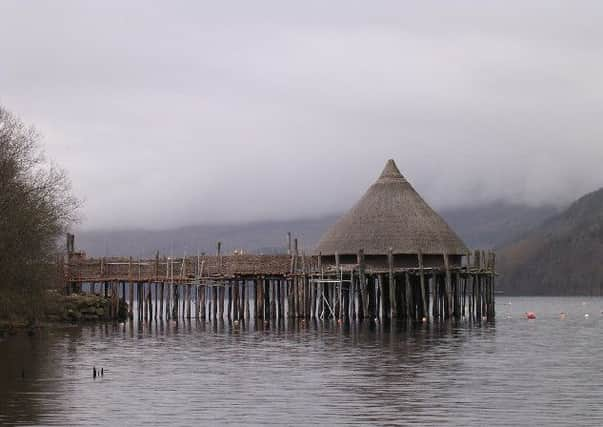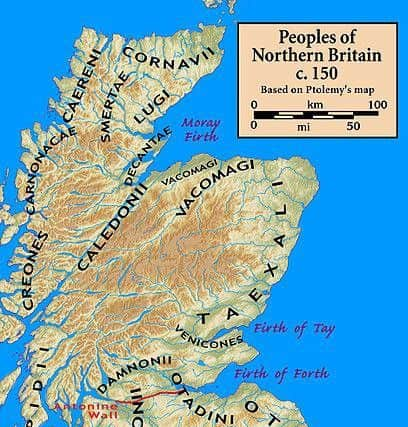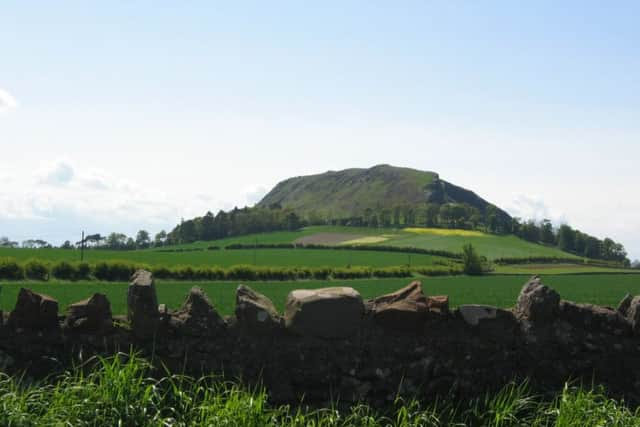Who were the nine tribes of ancient Scotland?


The Caledones
Considered a strong and mobile enemy by the Romans, the Caledones settled between the modern towns of Fort William and Inverness with one translation of the tribe’s name being “possessing of hard feet”.
Others believe the name may relate to the rocky land and the hardy people.


Advertisement
Hide AdAdvertisement
Hide AdWhilst one distinct tribe, the Romans also labelled all people living in a vast area between Loch Long or Loch Fyne in the west to the Beauly Firth in the east as the Caledones.
Several sub-tribes of this land called Caledonia including the Creones and Carnonacae but little is on record of them. Another tribe is the Smertae, from the border of Ross and Sutherland, understood as those ‘smeared’ with enemy or sacrificial blood.
Roman historian Tacitus describes the inhabitants of Caledonia as having ‘red hair and large limbs’ who were fierce and quick to fight.


Damnonii
The original Glaswegians, the Damnonii were conquered by the Romans for many years with their land - which stretched over the Clyde Valley and Strathclyde - occupied by the Roman army on several occasions.
The tribe may have had a settlement at Dumyat Hill near Stirling with their headquarters during Roman times likely to have been a vast hill settlement on Walls Hill, near Howwood in Renfrewshire. The Damnonii is thought to mean ‘the masters’, ‘the dominators’, or ‘the lords’.
Epidii


Based in Argyll, it is presumed their original territory of Epidion is the island of Islay. Its people spread across Jura and Arran and through Kintyre. The name has its origins in the Celtic for horse.
Vacomagi
Vacomagi centred around the fertile lands of Strathmore with their name translating as “inhabitants of the curved fields.”
Advertisement
Hide AdAdvertisement
Hide AdThe Roman forts at Dalginross near Comrie, Cardean in Angus and at Fochabers, Moray are thought to have built on the tribe’s territories.


Venicones
This tribe lived around the River Tay and what is now Fife, one of the Roman’s most active areas as its legions sought to quell attacks in the east of the Highlands.
A Roman fortress was built at Inchtuthill which remained occupied during the late first century by the Twentieth Legion Valeria.
The Venicones were one of the few groups in northern Britain at this time to bury the dead in stone graves.
The tribe was also known for its massive bronze armlets, which could weigh 1.5kg each.
Taexali
Lived in small undefended farms and hamlets in what is now Grampian.
The key town was Devana - the area now known as Aberdeen - at the mouth of the River De
Advertisement
Hide AdAdvertisement
Hide AdWhile the Taexali were defeated by Romans in AD84 at the Battle of Mons Graupius, their land was never permanently occupied.
Votadini
This tribe had a large settlement around Traprain Law, in East Lothian - a large volcanic hill - with territory extending across the Lothians.
Hundreds of roundhouses were built around the Traprain settlement with excavations carried out in the early 1900s unearthing Roman silver, wine jugs, goblets and military buckles.
Much of it appeared as if it had been cut for melting down. The finds, including coins from Gaul, suggested the tribe may have had trading links with the Continent. It is not certain if the hoard was stolen or a bribe or payment from the Romans.
The Traprain Treasure and other artefacts from Traprain are on display at the National Museum of Scotland in Edinburgh.
The descendants of the Votadini were the Gododdin who had their great stronghold at Din Eidyn – Edinburgh.
Novantae
A little known tribe or people who lived in what is today Galloway who lived a more humble lives that their neighbours the Votadini. Considered to be farmers and herders.
Advertisement
Hide AdAdvertisement
Hide AdOne of their towns, ‘Locopibium’, recorded by Ptolemy, may have been Whithorn or Wigtown. This area was later controlled by Roman forts at Glenlochar and Dalswinton.
Selgovae
Thought to be the neighbouring tribe to the Novantae. Selgovae is thought to mean ‘the people of the hunt’ or ‘the hunters’. The tribe were long associated with the massive hill fort on the north peak of the three Eildon Hills, near Melrose, but they are now thought to have lived farther to the south west in Galloway.
DOWNLOAD THE SCOTSMAN APP ON ITUNES OR GOOGLE PLAY
